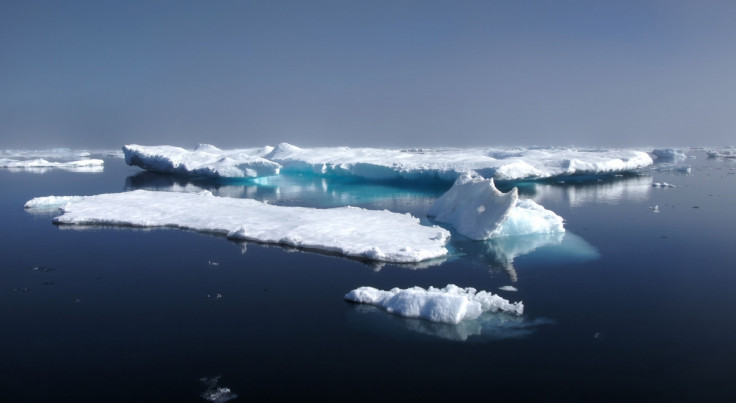Life after the 'Great Dying' took millions of years to recover due to very warm oceans
Studying the Arctic provided scientists with clues about the aftermath of the Permian-Triassic extinction.

After the Permian-Triassic extinction event which led to the loss of most of the planet's species, life on Earth took up to nine million years to recover. Scientists say they have now discovered a potential reason for this.
The Permian-Triassic extinction event occurred some 252 million years ago and was so destructive that it is often referred to today as The Great Dying Event.
It was the closest life on Earth came to a complete annihilation with roughly 96% of marine species, and 70% of terrestrial life dying off.
Over the years, different hypothesis have been advanced to explain what happened, ranging from an asteroid impact, massive volcanic eruptions and/or extreme global warming.
"The mass extinction was likely triggered by a explosive event of volcanic eruptions in what is now Siberia. These eruptions lasted for a million years and emitted enormous amounts of volatile material, such as carbon dioxide and methane, which made our planet unbearably hot," says one of the researchers, Jochen Knies, from the Arctic University of Tromsø (Norway).
However, why life on Earth took an endless five to nine million years to recover is less certain. In the recent study, published in the journal Geology, scientists have identified new clues by studying the Arctic, suggesting that marine life struggled to return because oceans were severely impacted by an event of global warming.
Secrets in the Arctic
The scientists conducted this study by examining geological records and analysed the geochemistry of marine sections in the Canadian High Arctic, an area that corresponded to the continental margin of the super-continent Pangaea.
"There, we found evidence in geological records for a significant nutrient gap during this period. This means that global oceans were severely poor in nutrients such as nitrogen," says Knies. The scientists believe that this nutrient gap was potentially caused by high ocean surface temperatures in the aftermath of the extinction.
This may have had a disastrous impact on food chains within the marine ecosystem – making it hard for life to thrive. In particular, the productivity of marine algae – the base of the food chain – stalled, making it hard for other species to survive.
Only when the oceans finally started cooling six-seven million years after the extinction did nutrient rich waters return – highlighting why it took such a long time for some species to reappear. "The boundaries that kept the nutrients from reaching the surface were weakened and the ocean waters were mixed. This caused the up-welling of nutrients, resuscitating the oceans, and leading to an explosion of life. The ecosystem voids created by the worst mass extinction in Earth history were finally filled," concludes Knies.
© Copyright IBTimes 2025. All rights reserved.






















